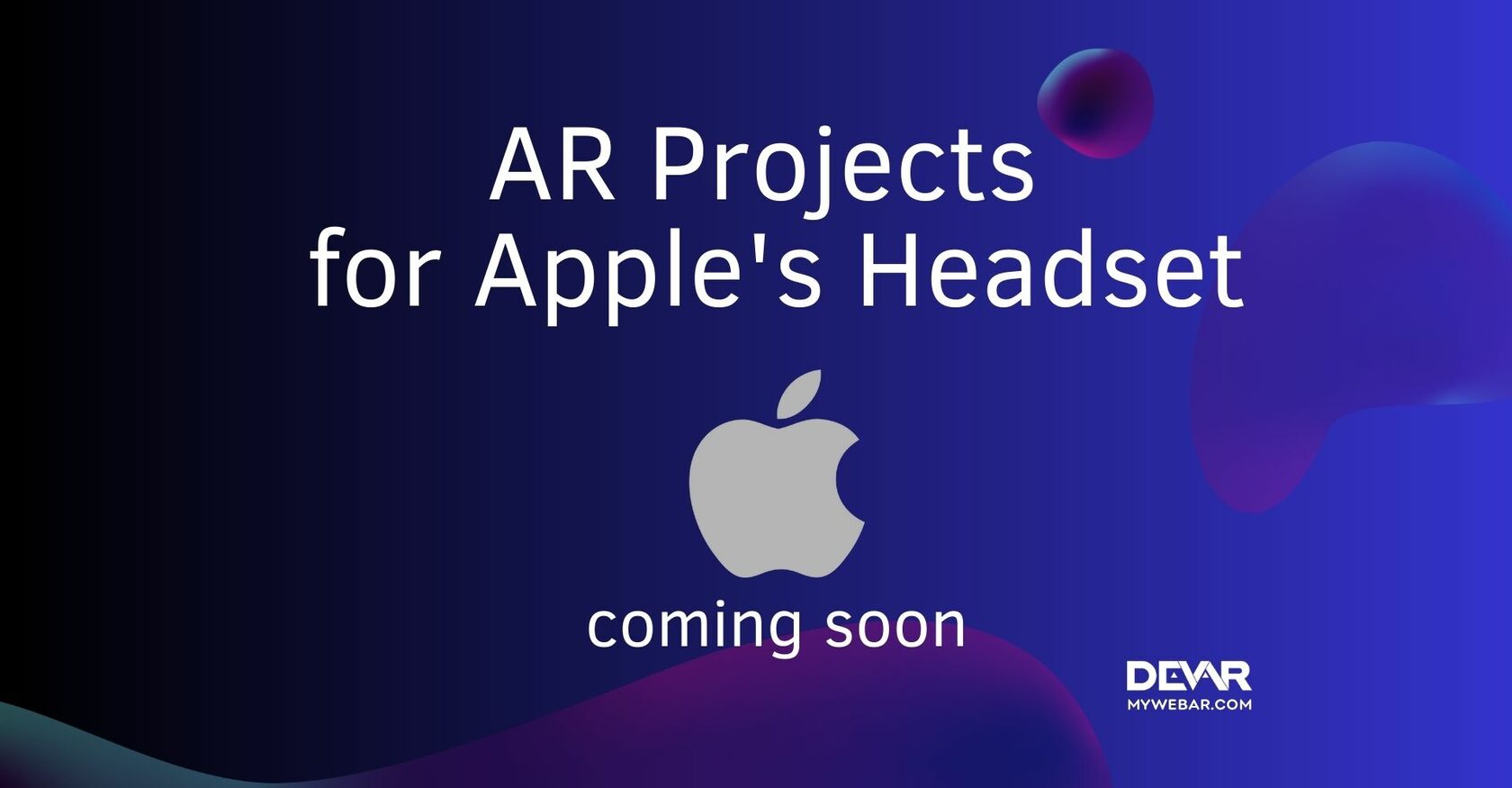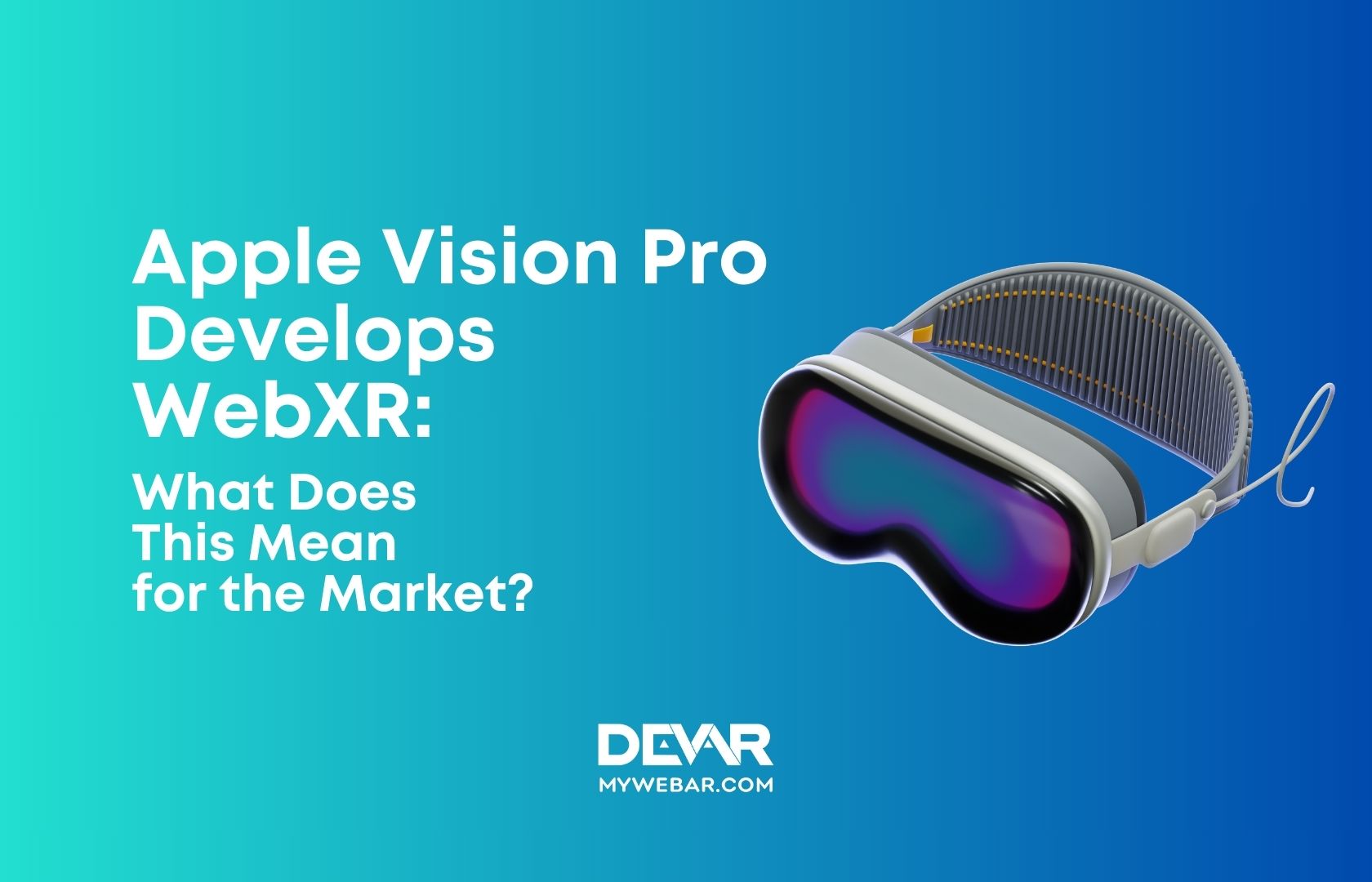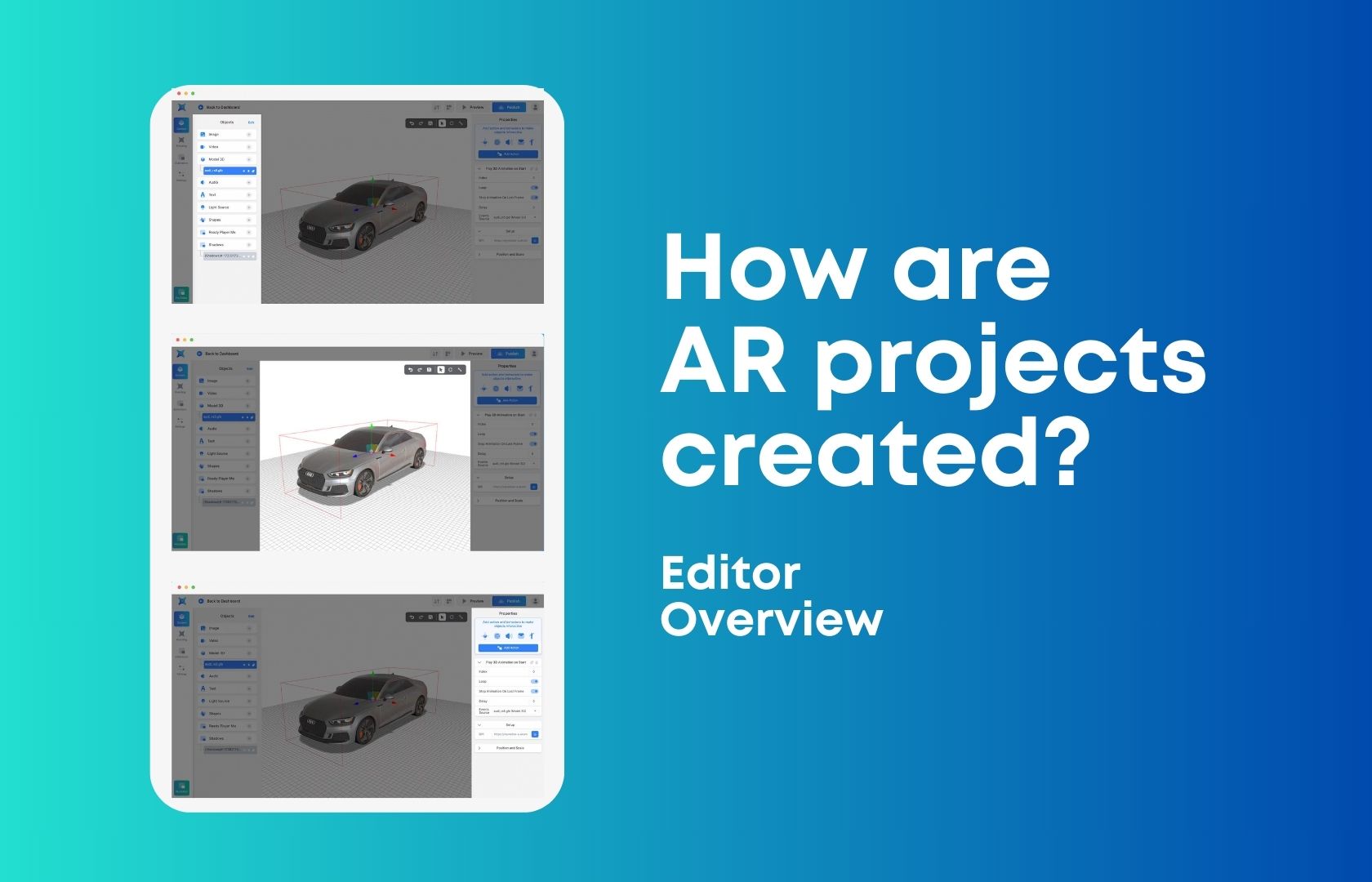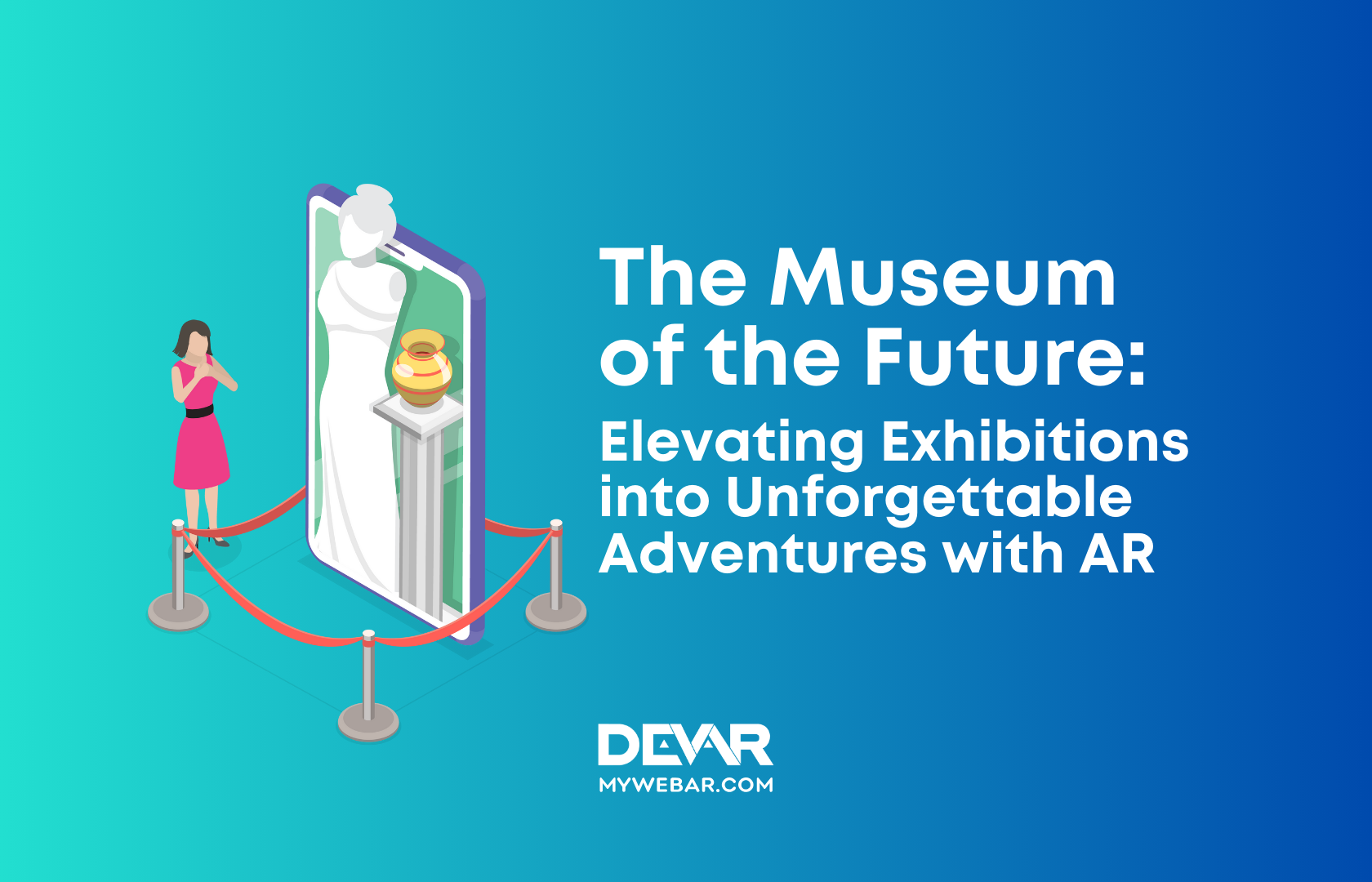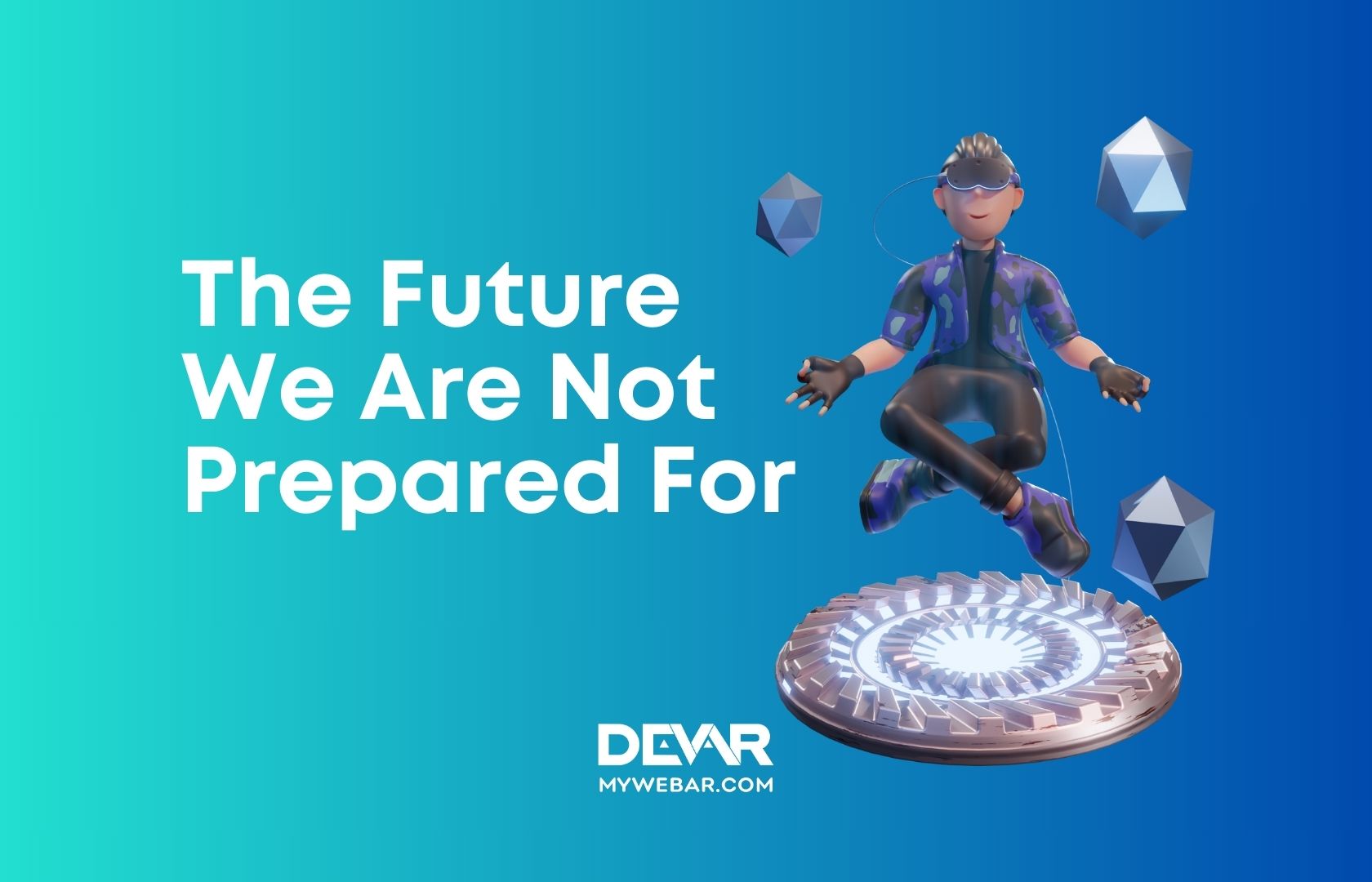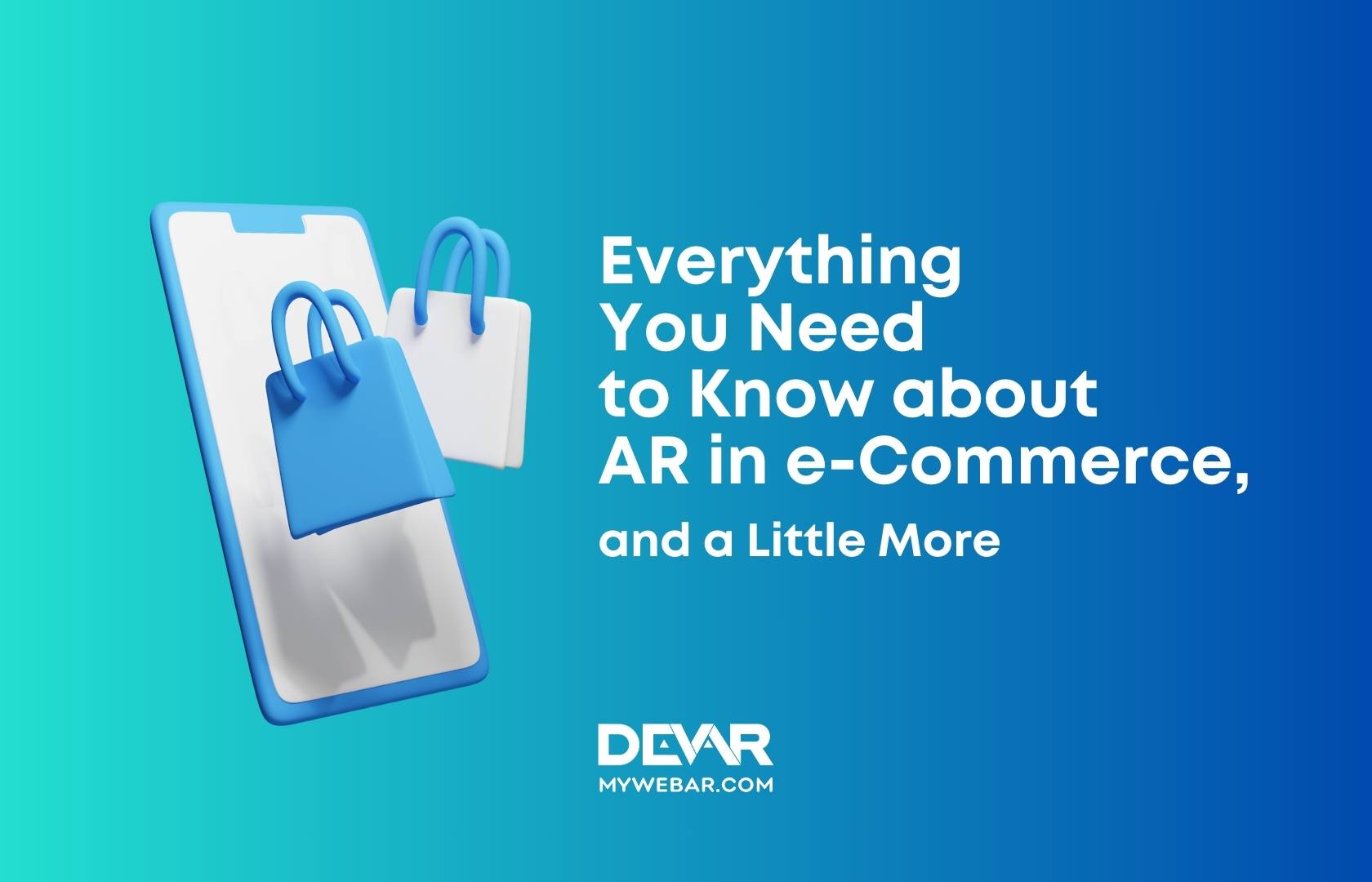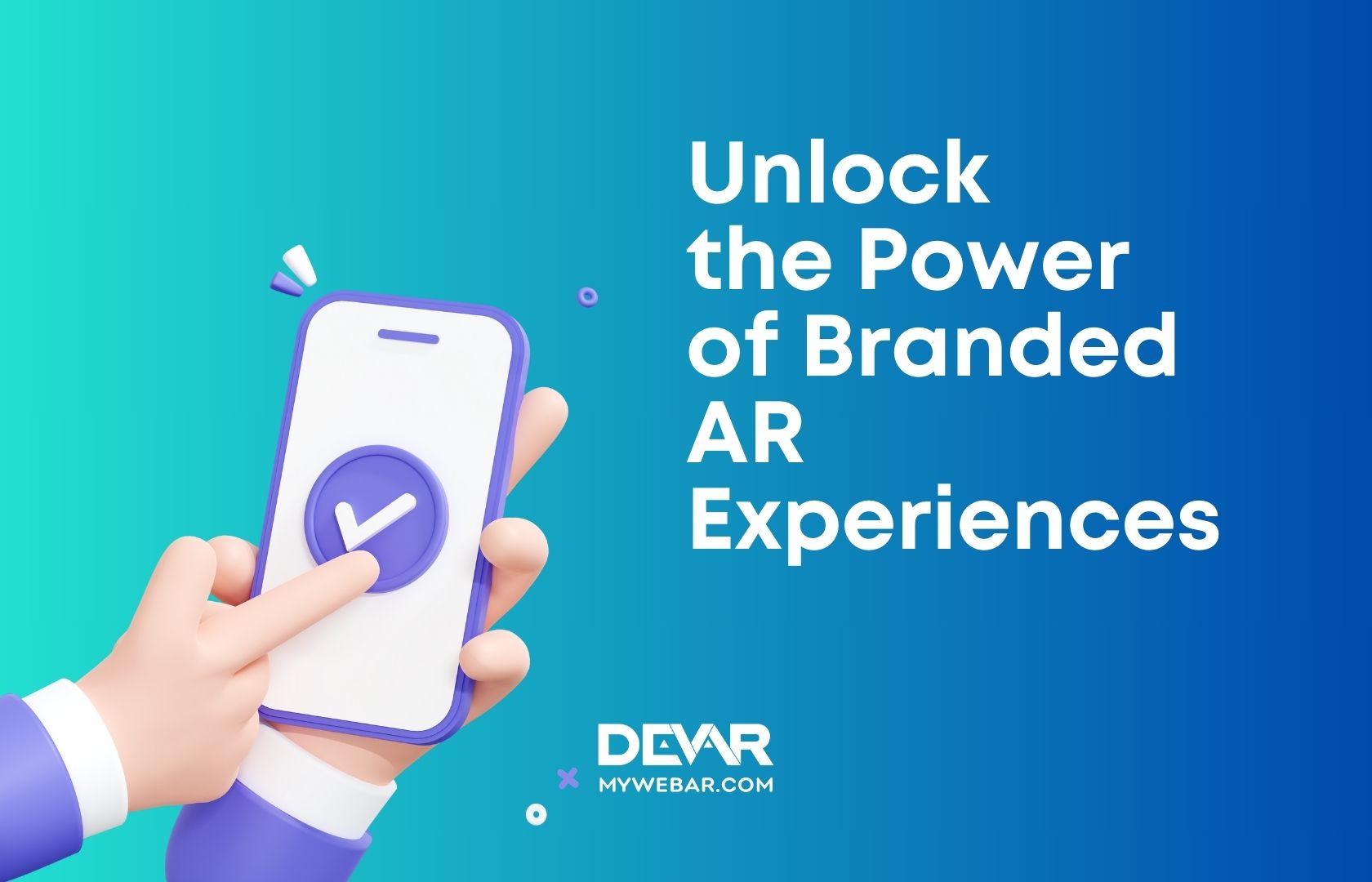There is a lot of excitement regarding the means of interaction Apple will introduce with their AR glasses. Will it involve eye movement, hand gesture or maybe even facial expression recognition with multiple cameras? Apple has already built the technological foundation for these interactions, and we are eagerly awaiting further details to be revealed tomorrow. As creators of an AR platform, our main interest lies in the software of the upcoming headset.
We can speculate on two primary directions that Apple will focus on initially.
First of all, it seems logical that the stock iOS apps such as Photos, Apple TV+, Fitness+ and Apple Music will suffice for starters. The introduction of FaceTime to the AR headset would be a significant step forward. Additionally, the Look Around feature in Maps reflects the concept that we would hope to see in Apple’s AR headset.
The second direction Apple might explore is gaming. Immersive technology can be seamlessly incorporated into gaming experiences, building impressive and captivating experiences for users. Furthermore, major gaming platforms are actively working on creating their virtual worlds within the metaverse.
The question at hand is how long will it take for these two areas to evolve. Will they be ready in just a few months before the mass release to consumers or will it have to wait for other players on the market to introduce their own mixed reality headsets, thereby increasing competition?
Will it take until businesses across various industries show active interest in the immersive technology? This could potentially be the third and most ambitious direction for the development of XR technology. Firstly, businesses are already recognizing the value of unique customer experiences in AR and the impact they can have. Secondly, it is worth noting that Generation Z now accounts for almost the third of the world population and according to the Global Crowd DNA survey, 92% of Gen Z individuals are ready to incorporate AR into their daily lives.
We are confident that Apple is already working on the content expansion for its headset. While consumers and Apple fans in particular will initially be interested in trying out Apple’s built-in services, it’s unlikely that the audience will settle for an Instagram-like scenario where the app was initially exclusive to iOS users. Moreover, Apple already faces strong competition in this field.
AR glasses and VR headsets are not devices of the distant future. XR devices have been available on the market, with active use in various industries such as medicine, logistics, manufacturing, and the military for several years. More than ten vendors are currently engaged in the race to create the XR headset for the mass consumer market and they have been in it for years. Notable contenders include Google, Meta, Samsung and many other reputable brands.
Are consumers ready for XR devices? The answer is both yes and no. Speaking as augmented reality developers who have been in the industry since 2015, we have been pursuing XR technology for the past eight years. We firmly believe in the potential and opportunities offered by AR technology and we have specifically placed our bets on the next stage of its application – augmented reality glasses.
Considering our extensive experience, we can confidently state that Apple’s upcoming presentation of their mixed reality headset is an important milestone. It marks the first step in the transition from smartphones to AR/VR headsets, and this shift will begin tomorrow.
Now, let’s return to the question of engaging with the mass consumer market. Apple possesses a vast ecosystem of its own applications, which provides a solid foundation to begin with. Assuming that the company unveils the first model of xrOS on June 5, 2023 and mass production begins by the end of the year, developers will find themselves in a race to create AR and VR applications and features for Apple’s headset before its official release to the general public.
It’s important to note that with the arrival of these headsets, both users and developers will experience a significant shift, leading to a whole new level of engagement and interaction.
What are the main barriers that need to be overcome?
One of the primary barriers is the reliance on traditional apps. We believe that apps will gradually transition towards cross-platform solutions. When it comes to AR glasses, ease of use is crucial. It is not practical or comfortable to search for apps, open them, wait for them to load, and constantly update them while wearing glasses. It is evident that we can expect a shift towards web-based solutions. As an example, Instagram has already expanded its web functionality, allowing users to upload media files directly through the web interface, without the need for a dedicated app.
At our company, we are focused on developing scalable products. While small businesses may still utilize smaller solutions for their AR/VR projects, it is essential to be prepared to scale from day one. Today, you may create a webAR platform, and tomorrow you could become the sole provider of the most convenient and innovative plugins and tracking systems worldwide. This highlights the importance of being prepared for global adoption. In this regard, we are proud to share that MyWebAR offers the unique 3D object tracking technology in webAR, distinguishing us from other solutions in the market.
Use patterns. We are now entering a new era with a completely different device that many of us are not accustomed to using. This device is not the sleek phone with a large screen and single button that Steve Jobs presented back in 2007. The first iPhone resembled what we were already familiar with – holding the phone to your ear and speaking into its microphone.
To persuade people to purchase a mixed reality headset, Apple must not only convince users of the hardware’s value but also emphasize the significance of its software. Achieving this requires not only the creation of appealing in-house products but also the development of innovative applications by developers that will captivate and engage users.
The speed at which users will embrace and adapt to this new gadget, among other factors, also depends on us – the developers of immersive technologies. At DEVAR, we actively participate in major industry events such as CES and AWE, regularly engaging with AR/VR/XR device developers. We are delighted that this new phase is currently unfolding, with Apple about to kickstart it tomorrow.
Are we, as creators of an AR development platform, ready? Absolutely! MyWebAR was designed as a business solution from day one. Thousands of our customers are already revolutionizing their businesses by creating unique customer experiences. We have already informed our clients months ago about the upcoming cross-platform solutions for their projects, keeping the shift to XR headsets in mind. Yes, you will now have the capability to create AR experiences not only for smartphones, tablets and laptops but also for the new Apple’s xrOS headset.
We are ready and thrilled about the new opportunities and solutions that will open for the businesses of our customers. Let’s embrace them together and seize the moment!
